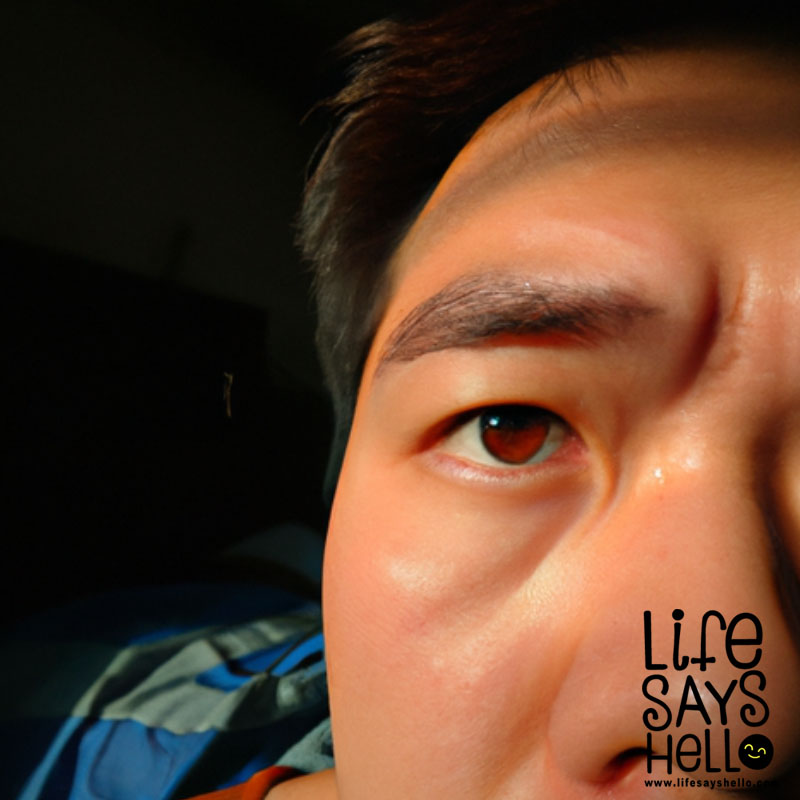Identifying your Fertility Sweet Spot: When are You Most Fertile in Your Cycle?

Hey there, friends! Ever wondered about that small window in your monthly cycle when magic happens, and you're most likely to get pregnant? We're talking about fertility here!
Let's deep dive into the fascinating world of periods, ovulation, eggs, and all that jazz. By the end of this article, you'll have cracked the code to your menstrual cycle and fertility.
Understanding Menstrual Cycles
Understanding your menstrual cycle is a bit like trying to get to grips with a brand new language. There are a million terms, it seems extraordinarily complex, but once you get the basics, you'll realize it's not as bloody confusing as you initially thought. (Pun totally intended!)
A menstrual cycle usually lasts between 28-32 days, although there can be some variation here. It's divided into four phases - menstrual phase, follicular phase, ovulation phase, and luteal phase.
Identifying Your Fertile Window
Believe it or not, there's only a small timeframe where the stars align, and you can potentially get pregnant - this is commonly known as your 'fertile window'. It usually spans five days before ovulation, the day of ovulation itself, and a day after. So, how on Earth do you figure when this is? We've got several methods you can use to track your menstrual cycle and symptoms that indicate ovulation is nigh.
Optimizing Fertility
If you're looking to invite a mini-you into the world, you'll want to optimize your fertility. Dare we say, prepare your uterine landscape like you’d prep your garden before planting a seed? Certain lifestyle factors can significantly affect fertility. We'll dish on the details and give you tips to increase your chances of conception.
Phase Breakdown: Menstrual Cycle 101
Let's get our hands dirty and break down each phase of the menstrual cycle. Understanding these phases will help you get a clearer picture of when you're most fertile.
Menstrual Phase (Days 1-5): This is when you have your period — that lovely time of the month where Aunt Flo comes to visit. The uterine lining (which thickened in anticipation of a fertilized egg) sheds, and we get our period.
Follicular Phase (Days 1-13): This phase kicks off on the first day of your period and lasts until ovulation. It involves the growth and maturation of the follicles in your ovaries. One of these follicles will grow into a dominant follicle and release a mature egg. Fun fact: Hormone levels (particularly estrogen) rise during this time.
Ovulation Phase (Days 14-16): Congratulations, you've hit the jackpot! This is your most fertile time. Ovulation is when your ovary releases a mature egg, typically around day 14 of a 28-day cycle. However, this day varies depending on your cycle length and other factors. This egg is now ready for potential fertilization during the next 12 to 24 hours.
Luteal Phase (Days 15-28): Post ovulation, the luteal phase swoops in as the final stage of your cycle. It's marked by the formation of the corpus luteum, which releases progesterone and helps thicken your uterine lining in preparation for a fertilized egg. If the egg isn't fertilized, the corpus luteum disintegrates, hormone levels drop, and the menstrual cycle starts anew, completing the full cycle.
Methods to Track Your Menstrual Cycle
Knowing when you're most fertile is like unlocking a superpower. There are several ways you can keep track of your menstrual cycle and predict when ovulation is likely to occur:
Fertility Apps: These apps are handy tools for tracking your period and determining your fertile window. Some popular options include Clue, Period Tracker, Flo, and Ovia.
Basal Body Temperature (BBT) Charting: BBT is your body's lowest temperature at rest. By taking your temperature each morning before getting out of bed, you can map out your BBT and look for patterns. A slight increase (approximately 0.4 to 1.0 degrees Fahrenheit) generally indicates ovulation has occurred. Grab a BBT thermometer and start charting to identify your fertile window.
Ovulation Predictor Kits (OPK): OPKs measure the presence of luteinizing hormone (LH) in your urine. An LH surge typically indicates ovulation will occur within the next 12 to 48 hours. These kits are available over the counter and can help you predict your fertile window.
Cervical Mucus Monitoring: This may sound a tad gross, but bear with us! Your cervical mucus changes in consistency leading up to ovulation. As you approach ovulation, you'll notice an increase in mucus resembling egg whites. This fertile cervical mucus can be a telltale sign that ovulation is approachng.
Lifestyle Factors Affecting Fertility
Your lifestyle can make a huge impact on your fertility. Like a well-tuned machine, a few minor adjustments can significantly boost your reproductive well-being.
Optimal Body Weight: Maintaining a healthy body weight is essential for fertility. Both underweight and overweight body mass indexes (BMIs) can interfere with hormonal balance, hindering conception.
Proper Nutrition: A well-balanced diet, rich in vitamins, minerals, whole grains, lean proteins, and healthy fats can promote hormonal balance and increase your chances of conception. Antioxidants found in fruits and veggies aid in protecting eggs and sperm from damage, increasing fertility.
Regular Exercise: Moderate exercise can support fertility by regulating hormone levels and maintaining a healthy body weight.
Stress Management: Stress can interfere with hormone production, negatively impacting fertility. Prioritizing self-care and relaxation can help alleviate stress and boost fertility.
Healthy Habits: Reducing your consumption of caffeine and alcohol, discontinuing smoking, and avoiding exposure to chemicals and environmental toxins can also enhance your fertility. It's crucial to adopt healthy habits and consult a healthcare professional to ensure you're in the best shape possible for conception.
Conclusion
In the end, it's all about understanding your body - its rhythms, its signs, and what it needs to function at its max potential. We hope this guide has helped you grasp when you're most fertile, giving you that additional knowledge to go forth and make informed decisions, whether you're planning a family or avoiding pregnancy. It's all about proactive health management, hermanas.
Stick around, and we'll decode more reproductive health mysteries for you on our blog.




Comments